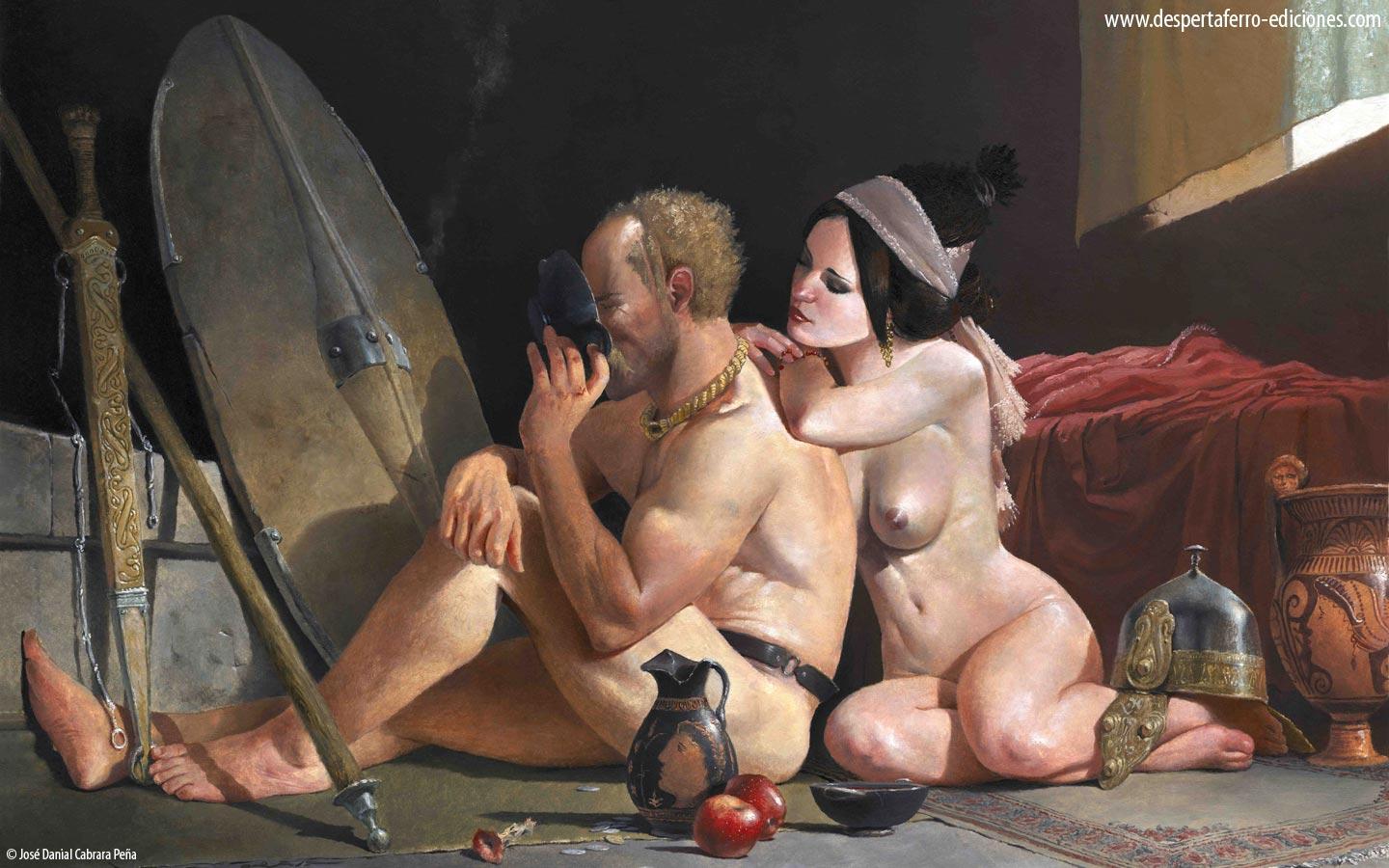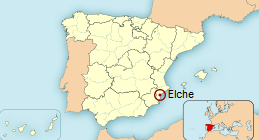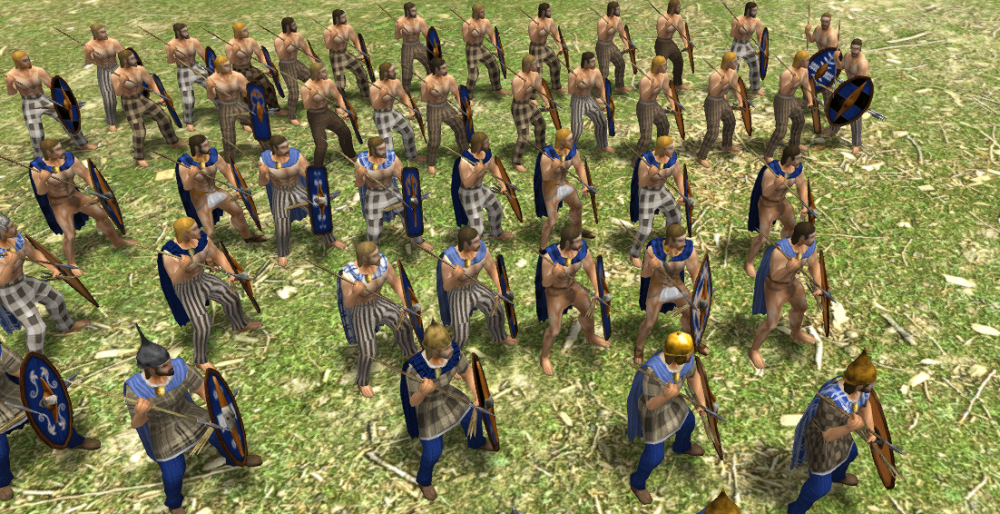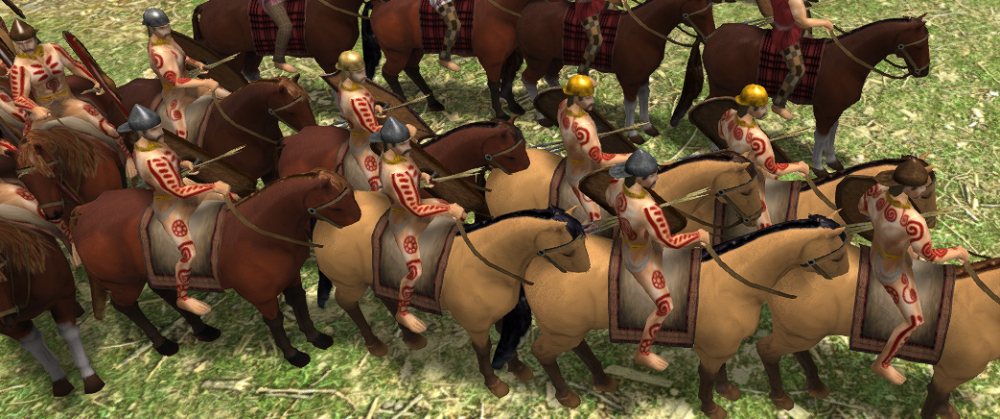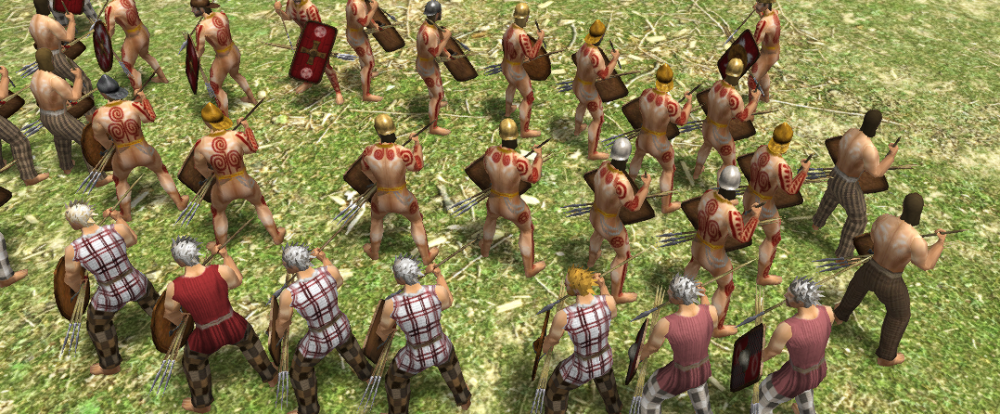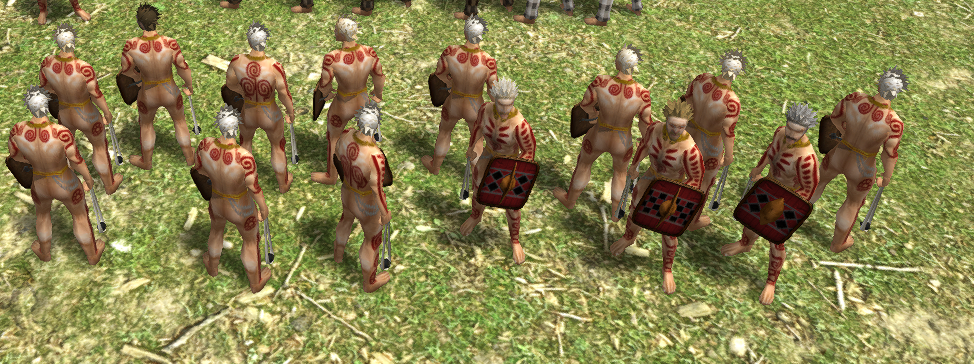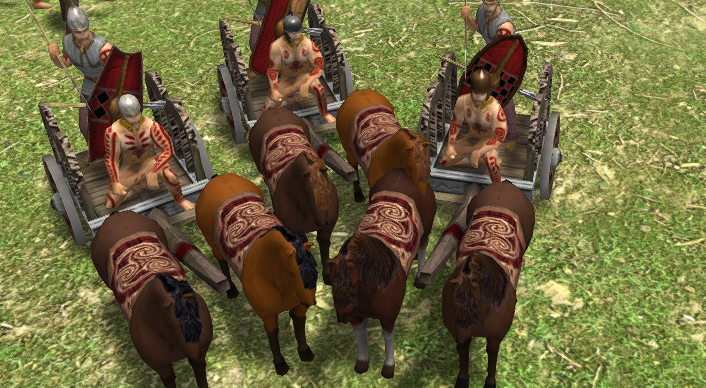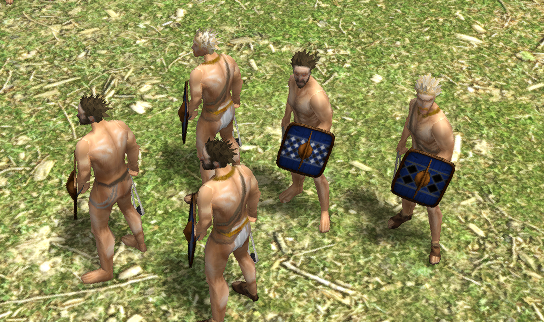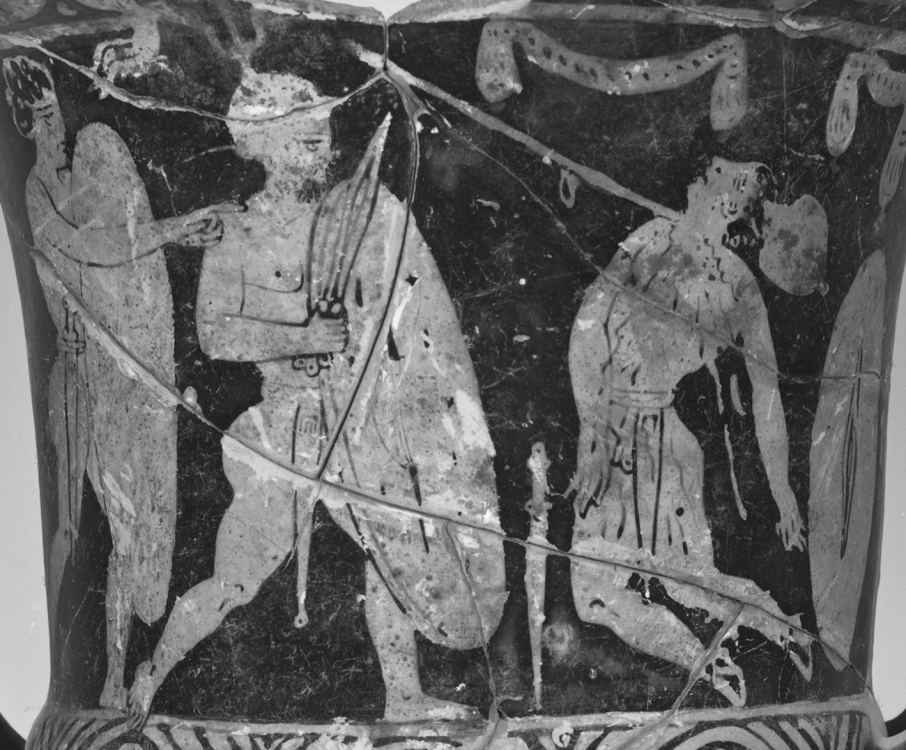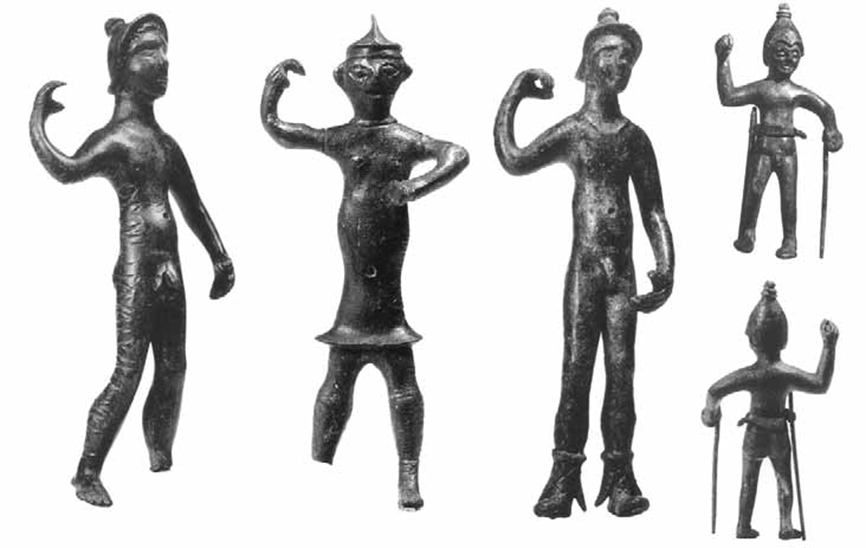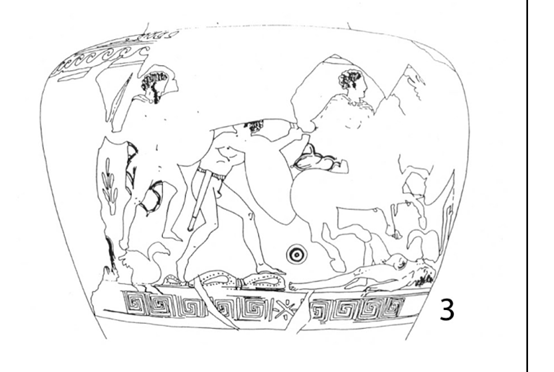-
Posts
2.410 -
Joined
-
Last visited
-
Days Won
83
Everything posted by Genava55
-
.thumb.jpg.b21ca1d0c15fb56b42c39b25a0a40815.jpg)
Others RTS - Discuss / Analysis
Genava55 replied to Lion.Kanzen's topic in Introductions & Off-Topic Discussion
-
.thumb.jpg.b21ca1d0c15fb56b42c39b25a0a40815.jpg)
Others RTS - Discuss / Analysis
Genava55 replied to Lion.Kanzen's topic in Introductions & Off-Topic Discussion
Manor Lords -
.thumb.jpg.b21ca1d0c15fb56b42c39b25a0a40815.jpg)
[Task] Iberian, Lusitan, Celto-Iberian symbology
Genava55 replied to Lion.Kanzen's topic in Official tasks
https://es.wikipedia.org/wiki/Yacimiento_arqueológico_de_La_Alcudia What makes you think of a relationship with Lusitanians? -
.thumb.jpg.b21ca1d0c15fb56b42c39b25a0a40815.jpg)
[Task] Iberian, Lusitan, Celto-Iberian symbology
Genava55 replied to Lion.Kanzen's topic in Official tasks
-
Ouais du coup ce sont les troupes des Teuta Arverni et des Drungo. Deux groupes de reconstituteurs que je connais. Les références ne manquent pas sur le forum pour habiller les Celtes. C'est plutôt qu'ici la décision se trouve surtout chez celui qui fait. À la base, seuls les fanatiques devaient être nus. Je ne sais pas comment les modifications ont été planifiées et décidées. Là, il y a plus de concept ni de ligne directrice, les combattants sont à poil en gagnant de l'expérience... c'est super. Enfin bref. À ce stade, je m'en fous. Il a fallu deux ans pour mettre un fourreau en fer à droite au lieu d'un fourreau en bois à gauche. Dans cinq ans, ils récupéreront leurs vêtements.
-
My apologies, you were right. There is much more nakedness in the new alpha than in the previous one. In the scenario editor: Gauls: Britons:
-
That's weird. Normally, it shouldn't be like that. I will check this evening. I will watch it this evening. I speak French, this is my mother tongue (I am Swiss).
-
I disagree that it is a stereotypical barbarian depiction. The Thracians and the Scythians weren't depicted regularly as naked by the Greeks. Nor the Germans and the Dacians by the Romans. Only Celts have been depicted consistently like this. Above, I showed you different evidences from Etruscans, Greeks and Romans but also from native Celtiberians and Venetians. In addition, we have at least two accounts mentioning Celtic warriors fighting naked. Even if the Greeks and the Romans exaggerated their depictions, it is difficult to dismiss all those evidences. In the game, there is only one unit naked. Other units start bare-chested and gain body armor with experience.
-
1. Not all the Celts are "naked" in the game. This is an exaggeration. 2. It is not that rare to fight naked or bare-chested in ancient times. 3. There are evidences for the Celts:
-
.thumb.jpg.b21ca1d0c15fb56b42c39b25a0a40815.jpg)
Others RTS - Discuss / Analysis
Genava55 replied to Lion.Kanzen's topic in Introductions & Off-Topic Discussion
In the case of a historical RTS, this is an important point because hard counters are generally unhistorical... although it is necessary to make compromises for a game, I find the article interesting for understanding the gameplay. -
.thumb.jpg.b21ca1d0c15fb56b42c39b25a0a40815.jpg)
===[TASK]=== Civ-Specific Minimap Backgrounds
Genava55 replied to wowgetoffyourcellphone's topic in Official tasks
This kind of fibula is already used during the 5th century. -
.thumb.jpg.b21ca1d0c15fb56b42c39b25a0a40815.jpg)
===[TASK]=== Civ-Specific Minimap Backgrounds
Genava55 replied to wowgetoffyourcellphone's topic in Official tasks
https://www.laaventuradelahistoria.es/vaso-de-los-guerreros-ibero https://elcorso.es/reportaje-el-arte-ibero/ https://es.wikipedia.org/wiki/Pátera_ibera_de_Perotito https://es.wikipedia.org/wiki/Arte_íbero https://es.wikipedia.org/wiki/Escultura_ibérica https://es.wikipedia.org/wiki/Pintura_ibérica https://es.wikipedia.org/wiki/Cerámica_ibérica https://www.researchgate.net/figure/Figura-12-A-La-imagen-del-ave-y-el-carnicero-en-la-ceramica-ilicitana-Garcia_fig11_321424448 -
.thumb.jpg.b21ca1d0c15fb56b42c39b25a0a40815.jpg)
===[TASK]=== Civ-Specific Minimap Backgrounds
Genava55 replied to wowgetoffyourcellphone's topic in Official tasks
The resources should not be lacking in the forum -
.thumb.jpg.b21ca1d0c15fb56b42c39b25a0a40815.jpg)
===[TASK]=== Civ-Specific Minimap Backgrounds
Genava55 replied to wowgetoffyourcellphone's topic in Official tasks
Bracteates could be useful: Shared Divine Imagery Gold Bracteates.pdf (with pictures) From book: The Migration Period between the Oder and the Vistula Also Visigothic art: https://www.worldhistory.org/Goths/ https://www.worldhistory.org/image/3137/visigothic-fibula/ http://users.stlcc.edu/mfuller/spainNationalMuseumVisigoth.html Ostrogothic art: https://www.metmuseum.org/toah/keywords/ostrogothic-art/ https://commons.wikimedia.org/wiki/Category:Ostrogothic_jewellery For the Suebian, this is difficult, but something generic like a cauldron or a drinking horn could work: https://de.wikipedia.org/wiki/Gräberfelder_von_Putensen https://commons.wikimedia.org/wiki/Category:2nd-century_jewellery_in_Germany https://commons.wikimedia.org/wiki/Category:1st-century_jewellery_in_Germany -
.thumb.jpg.b21ca1d0c15fb56b42c39b25a0a40815.jpg)
===[TASK]=== Civ-Specific Minimap Backgrounds
Genava55 replied to wowgetoffyourcellphone's topic in Official tasks
Although the trees are important in Celtic religion, the tree of life is also a Christian symbol. There is so much modern and medieval esoterism behind it, it is difficult to know what is genuinely Celtic. Medieval Celtic art is actually the result of Roman and Germanic influences: https://www.archaeologs.com/w/salin-styles/en http://thethegns.blogspot.com/2017/02/art-styles-part-2-migration-animal.html http://thethegns.blogspot.com/2017/04/art-styles-part-3-insular-art.html I would suggest to use native art from the pre-Roman iron age. Like the Mirror style: https://www.pretanicworld.com/art/the-mirror-style.html This one is nice for the Gauls. -
.thumb.jpg.b21ca1d0c15fb56b42c39b25a0a40815.jpg)
gameplays Age of Empires 2 stuff
Genava55 replied to Lion.Kanzen's topic in Introductions & Off-Topic Discussion
Quite interesting video -
.thumb.jpg.b21ca1d0c15fb56b42c39b25a0a40815.jpg)
Others RTS - Discuss / Analysis
Genava55 replied to Lion.Kanzen's topic in Introductions & Off-Topic Discussion
-
On this regard, Alien Weaponry is a young band very promising:
-
I like thrash metal very much, notably Kreator, Death Angel and Testament. I also like Amon Amarth, Eluveitie and Tyr. Recently I was more into Orbit Culture, Fit for an Autopsy and Gojira. For fun, let's share a beautiful French poem sung by a Swiss vocalist featured by a Greek metal band:
-
.thumb.jpg.b21ca1d0c15fb56b42c39b25a0a40815.jpg)
Others RTS - Discuss / Analysis
Genava55 replied to Lion.Kanzen's topic in Introductions & Off-Topic Discussion
In Defense of Hard Counters in Real Time Strategy Games https://www.gamedeveloper.com/design/in-defense-of-hard-counters-in-real-time-strategy-games Some thoughts about the 'early game' phase of RTS https://www.gamedeveloper.com/design/some-thoughts-about-the-early-game-phase-of-rts Have it your way: a case for sub-factions in strategy games https://www.gamedeveloper.com/design/have-it-your-way-a-case-for-sub-factions-in-strategy-games -
Yeah, it is prefered by casual players but disapproved by regular online players. Although an online player is the kind of person that can play on Arabia 99% of the time, so in a way you need to consider they are quite special.
-
-
.thumb.jpg.b21ca1d0c15fb56b42c39b25a0a40815.jpg)
Others RTS - Discuss / Analysis
Genava55 replied to Lion.Kanzen's topic in Introductions & Off-Topic Discussion
-
.thumb.jpg.b21ca1d0c15fb56b42c39b25a0a40815.jpg)
The Gauls, religiously gore and gruesome
Genava55 replied to Genava55's topic in Tutorials, references and art help

